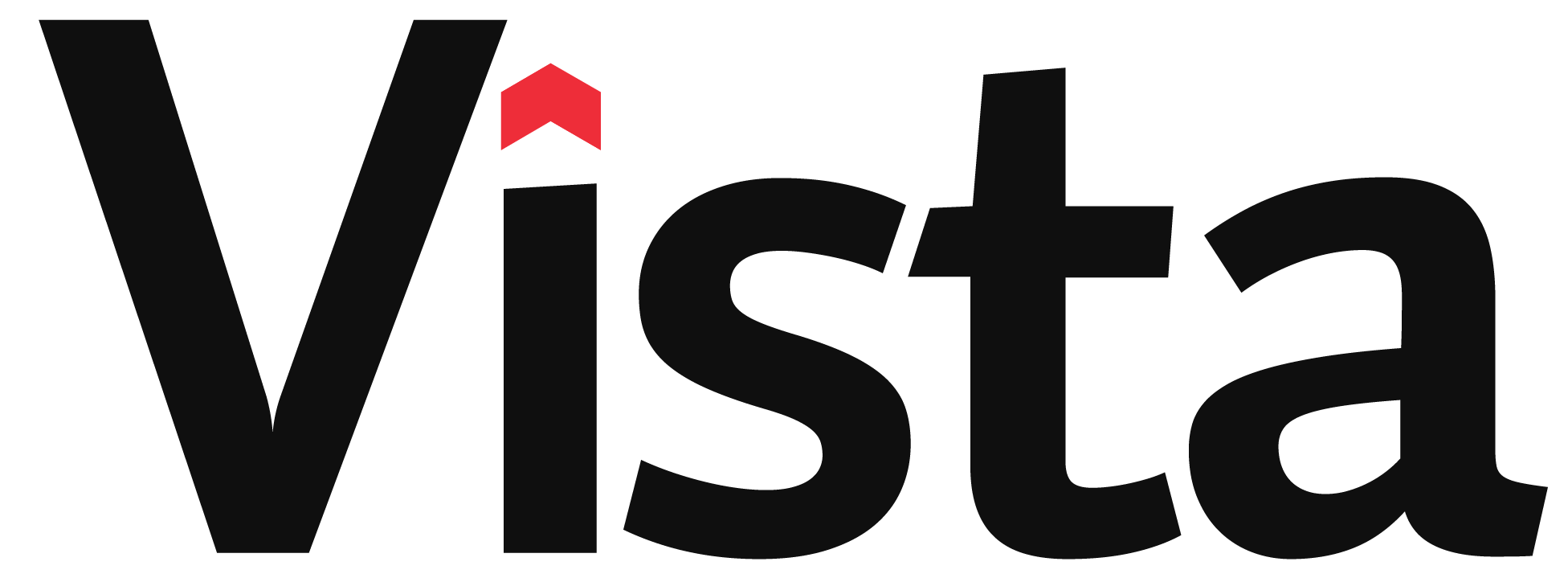When is More too Much?
(2 minute read)
What is freedom? Freedom is the ability to choose, right? That’s the foundation of a free market economy.
But, is there a point when too many options actually lead to customer dissatisfaction?
Consider the Swiss Army Knife. It is the perfect utility tool that strikes the delicate balance of tool options in one product that fits nicely in your pocket.
And now consider the Wenger Giant Swiss Army Knife. This utility tool has over 15 different kinds of knives, two pliers, two saws, a compass, nail clippers even.
Which one is more appealing? Which would you choose?
Now, what about the wine display below? There are eight options of wine to purchase.
Compare that with the wine aisle at the supermarket, where there are hundreds of variations of wine to choose from. It's overwhelming and you have to analyze labeling, packaging and price to help guide your choice. Oftentimes the decision is so difficult that it's easier to make no decision at all. Too many choices result in paralysis.
Back in 2005, American psychologist Barry Schwartz coined the term “The Paradox of Choice” to describe this phenomena. You can see his TED talk here. "As the number of options increases, the costs, in time and effort, of gathering the information needed to make a good choice also increase," says Schwartz. "The level of certainty people have about their choice decreases. And the anticipation that they will regret their choice increases."
Consumers make hundreds of decisions every day, so when it comes to making purchases, they can feel overwhelmed with the amount of choices presented. However, at the same time, they don’t like to have too few options. Is there a sweet spot for number of offerings? It turns out that there is. It often depends on the context, but on average consumers feel satisfied with 6-7 options.
Innovating just to innovate can actually destroy more value than it creates. At Vista, we like to quote Einstein: “Make everything as simple as possible, but not simpler.” In that same pursuit, knowing the right number of choices is critical when it comes to product offerings. Too much choice is stressful, leaving the consumer confused and frustrated. Consumers want clarity not confusion.
The goal is to find the balance between too much and too little. Once you find the threshold of too much, no longer will your customers be paralyzed with choice.






